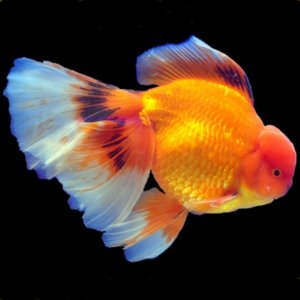Gemtrox42
Fish Fanatic
Ammonia 0
Nitrite 0
Nitrate <10
pH 7.3
gH 200 ppm
Chlorine 0
Tanks - 10gal, heavily planted with hornwort, java moss, and amazon swords, gravel bottom with cherry shrimp, a clown pleco and two honey gourami. I use a strip of LEDs for illumination.
I have purchased 3 rounds of cardinal tetras from my LFS over the past few months. They are always active and colorful when I see them in their tanks, and I've checked with the LFS and several employees and they deny having any problems during or after acclimating them. I get eight every time, and every time I've lost 7 or all of them in the first few days in my tank. Twice one died before even getting back to my house - I found them floating upside down in the bag, and during the two hour acclimation they never stirred again. I have a 30g with the same water chemistry and 14 cardinal tetras, and no problems or deaths. I get a money back guarantee so I haven't lost anything but time, but I cannot bring myself to put more fish in danger. My hunch is that there is something my LFS is not letting on, but I won't get any anywhere else either because If I'm wrong I'll kill them. Any advice or suggestions or thoughts are welcome.
Nitrite 0
Nitrate <10
pH 7.3
gH 200 ppm
Chlorine 0
Tanks - 10gal, heavily planted with hornwort, java moss, and amazon swords, gravel bottom with cherry shrimp, a clown pleco and two honey gourami. I use a strip of LEDs for illumination.
I have purchased 3 rounds of cardinal tetras from my LFS over the past few months. They are always active and colorful when I see them in their tanks, and I've checked with the LFS and several employees and they deny having any problems during or after acclimating them. I get eight every time, and every time I've lost 7 or all of them in the first few days in my tank. Twice one died before even getting back to my house - I found them floating upside down in the bag, and during the two hour acclimation they never stirred again. I have a 30g with the same water chemistry and 14 cardinal tetras, and no problems or deaths. I get a money back guarantee so I haven't lost anything but time, but I cannot bring myself to put more fish in danger. My hunch is that there is something my LFS is not letting on, but I won't get any anywhere else either because If I'm wrong I'll kill them. Any advice or suggestions or thoughts are welcome.


